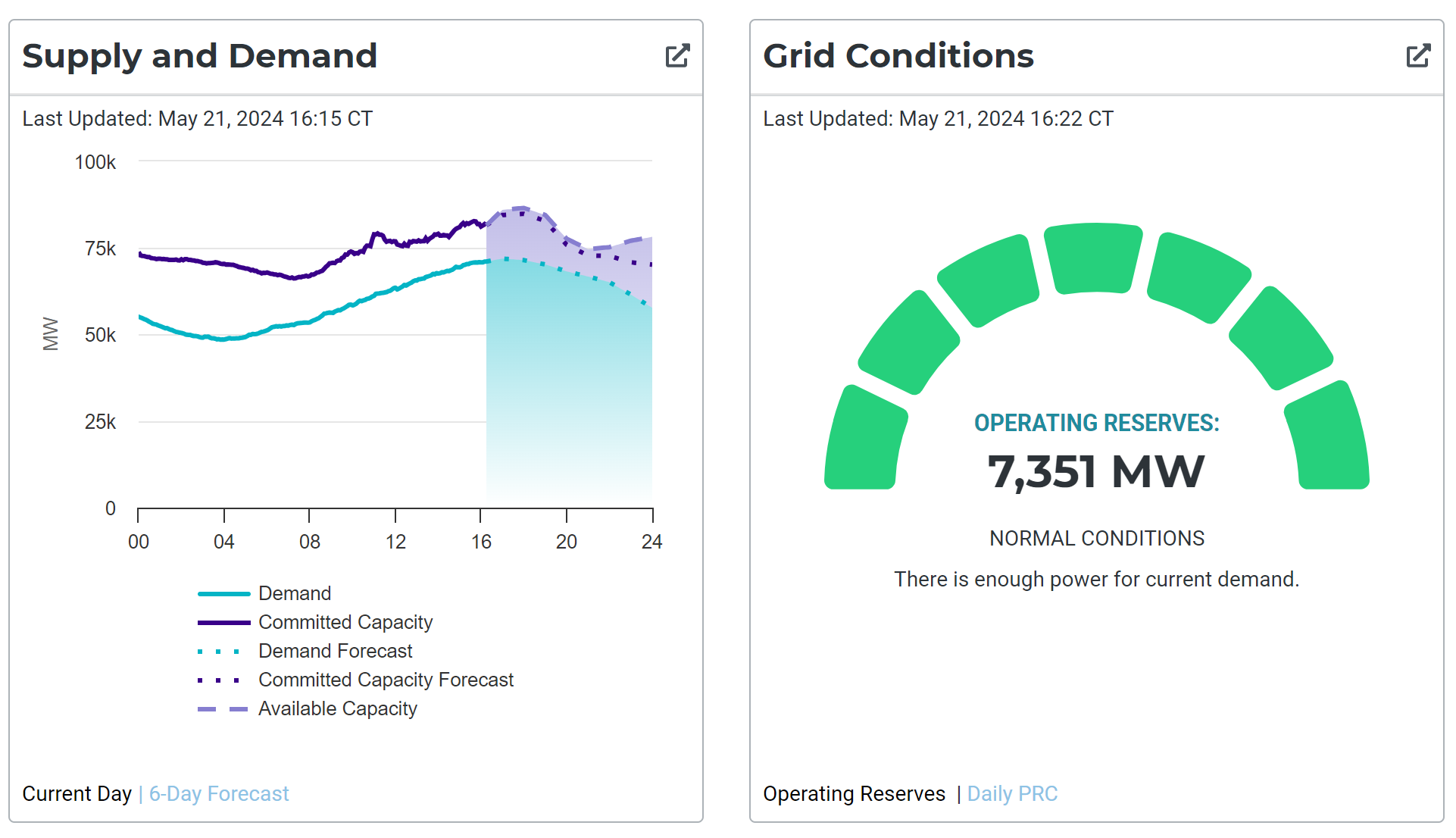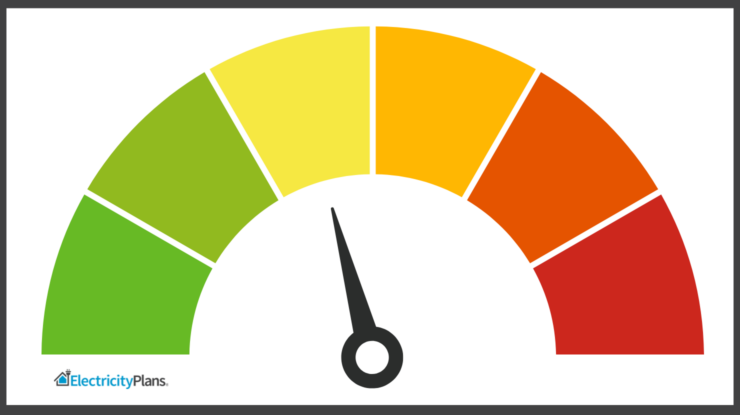If you live in Texas, you’re familiar with energy conservation alerts. In 2023, ERCOT (Electricity Reliability Council of Texas) issued 13 requests for energy conservation. And 2024 is expected to have hotter than average temperatures, so the risk of energy conservation alerts is high! Use this guide to understand ERCOT’s energy conservation and energy emergency alerts.
What is ERCOT’s role in Managing the Grid?
ERCOT manages the electricity grid for most of Texas. They don’t own power plants or transmission lines. But they do oversee the scheduling and management of the overall grid system.
As the “traffic cop” of the grid, ERCOT oversees where power comes from and where it goes. And it’s crucial that they balance the power load of supply and demand. ERCOT maintains the grid at a specific power flow and frequency level to avoid grid failure.
Supply exceeding demand is fairly easy for them to manage. They request certain power operators to shut down.
But demand exceeding supply is a different issue. That’s why ERCOT utilizes energy conservation requests and their emergency alert system.
What are ERCOT Energy Conservation Alerts?
There are three types of ERCOT energy conservation alerts.
Weather Watch: When ERCOT forecasts a significant weather event, high demand and the potential for lower power reserves, they will issue a Weather Watch. Consider this your heads-up warning flag for energy conservation.
Voluntary Conservation Notice: ERCOT issues a Voluntary Conservation Notice when there is higher demand forecasted with lower energy supply. ERCOT targets a reserve margin of 13.75% for grid stability, meaning they want to maintain that much excess supply vs. demand.
Conservation Appeal: As ERCOT solidifies their forecast of higher demand and lower supply, they may issue a Conservation Appeal for a specific day and time period. Conservation Alerts usually occur on weekdays between 3pm and 6pm, but can be at any time or day.
Stay informed! Sign up for the TXANS Alert System or check grid conditions anytime on ERCOT’s website.

Want to get paid to reduce electricity when asked to do so? There are electricity plans for that! You’ll help the grid and cut your bill.
What are ERCOT Energy Emergency Alerts?
When power reserves drop below a certain level, ERCOT can initiate a grid emergency to access various resources to increase supply and reduce demand, including rotating outages as a last resort.
There are three levels of Energy Emergency Alerts established by the Federal Energy Regulatory Commission (FERC).
Level One: Power reserves have dropped below 2,300 megawatts and aren’t expected to recover within 30 minutes. ERCOT accesses additional resources, such as importing limited amounts of power from neighboring grids and bringing online all available generation.
Level Two: Reserves have dropped below 1,750 megawatts and aren’t expected to recover within 30 minutes, or grid frequency dropped below 59.8 hertz for 15 minutes. ERCOT will try to reduce demand further by maxing out its ability to pay industrial customers to reduce power.
Level Three: Reserves have dropped below 1,430 megawatts, or grid frequency dropped below 60 hertz for any period of time. At this level, ERCOT can initiate rotating outages as a last resort. These shorter outages help prevent demand from overwhelming supply, which could knock out the grid for weeks.
Check out our article with tips to conserve electricity!
